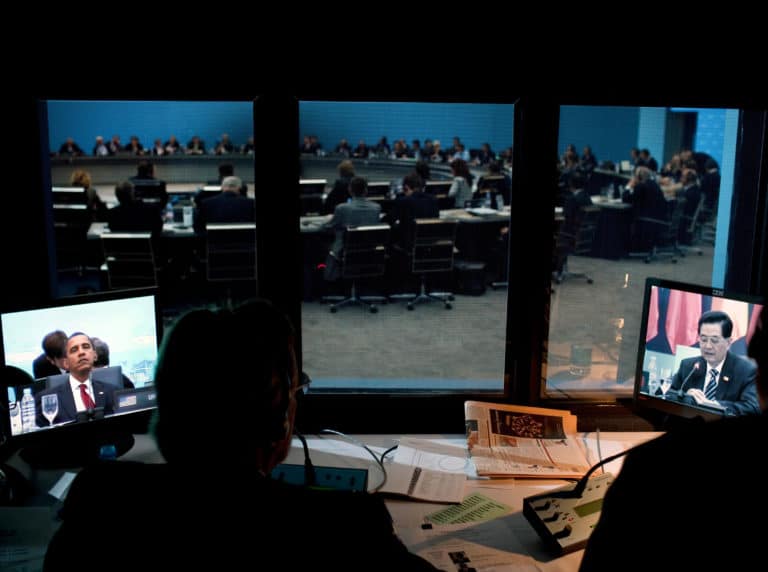Translation and interpretation are two distinct trades often confused. In this article, we will discuss some of the most common doubts about interpretation.
Translation and interpretation represent two distinct trades that are often amalgamated. In fact, a good number of people do not know the difference between these two professions, which differ in certain aspects. In this article, we will cast a light on some of the most common doubts about interpretation.
Are interpreters translators, and vice versa?
No. These two professions, without being diametrically opposed, have more or less only the work of the language in common. In fact, one has nothing to do with the other. The profession of interpretation is oral and translation is a literary discipline. The first is spontaneous, unique and immediate, whereas the other involves reflection, based on memories and weighing up words.
Is it enough to be bilingual to be an interpreter?
No, of course not. Similarly to translators, interpreters have received a solid education in languages. But beyond this learning, they have also done dozens, seen hundreds, of hours of training before offering their services. The ability to listen, to analyze, to translate and speak at the same time is not a function that is acquired at birth and the memory and the brain are like muscles that need stimulation.
Do interpreters work from and to any language?
Again, no. Mastering a language to perfection requires a lot of time, effort, training and patience. Also, people who master a second language as well as their mother tongue are rare, this is why it is recommended to always work only to the latter. Unfortunately, the hazards of the profession are that it is not always possible to respect this rule to the letter. Nonetheless, confirming that we have 3,4 or 5 languages “A” shows, without any doubt, a lack of professionalism.
What is the difference between consecutive and simultaneous interpretation?
A simple example: the film The interpreter, featuring Nicole Kidman. In this film, the protagonist transposes the words of a speaker into a target language by an audio system composed of microphones and headsets. The sound of her voice is sent into the assembly members’ headsets, who wish to listen to the interpretation. Here, it is simultaneous.
Consecutive appeals to the linguist’s memory buffer. The latter takes notes on a 4 to 5 minute maximum and renders it into the target language once the speaker stops speaking.
Finally, there are two other interpretation techniques: liaison and chuchotage. The chuchotage follows the same principle as simultaneous, but without sound equipment; the interpreter whispers the message into the ear of the person concerned. In liaison, the interpreter plays the role of mediator between two or three subjects, at the most, who do not understand, in medical or legal consultations, meetings between diplomats, etc.
Why do interpreters work in pairs and in half hour increments?
In a few words: memory, concentration, fatigue and difficulty. Try to listen and speak at the same time for 30 minutes, and you will feel the fatigue quickly set in. Now, imagine that the interpreter must also concentrate to understand the depth of the message, translate it and above all not forget the beginning of the sentence before we get to the end. If an interpreter is always accompanied, it is so that their colleague can take over at any time. But do not think that those who do not translate do not work! Indeed, they remain as a lookout for a word when their colleagues do not know the translation, for example, or to note the numbers.
We hope to have enlightened you and eventually answer one or the other questions that you had never dared to ask!
Translation into English: Chloe Findlay
Discover our translation agency.



